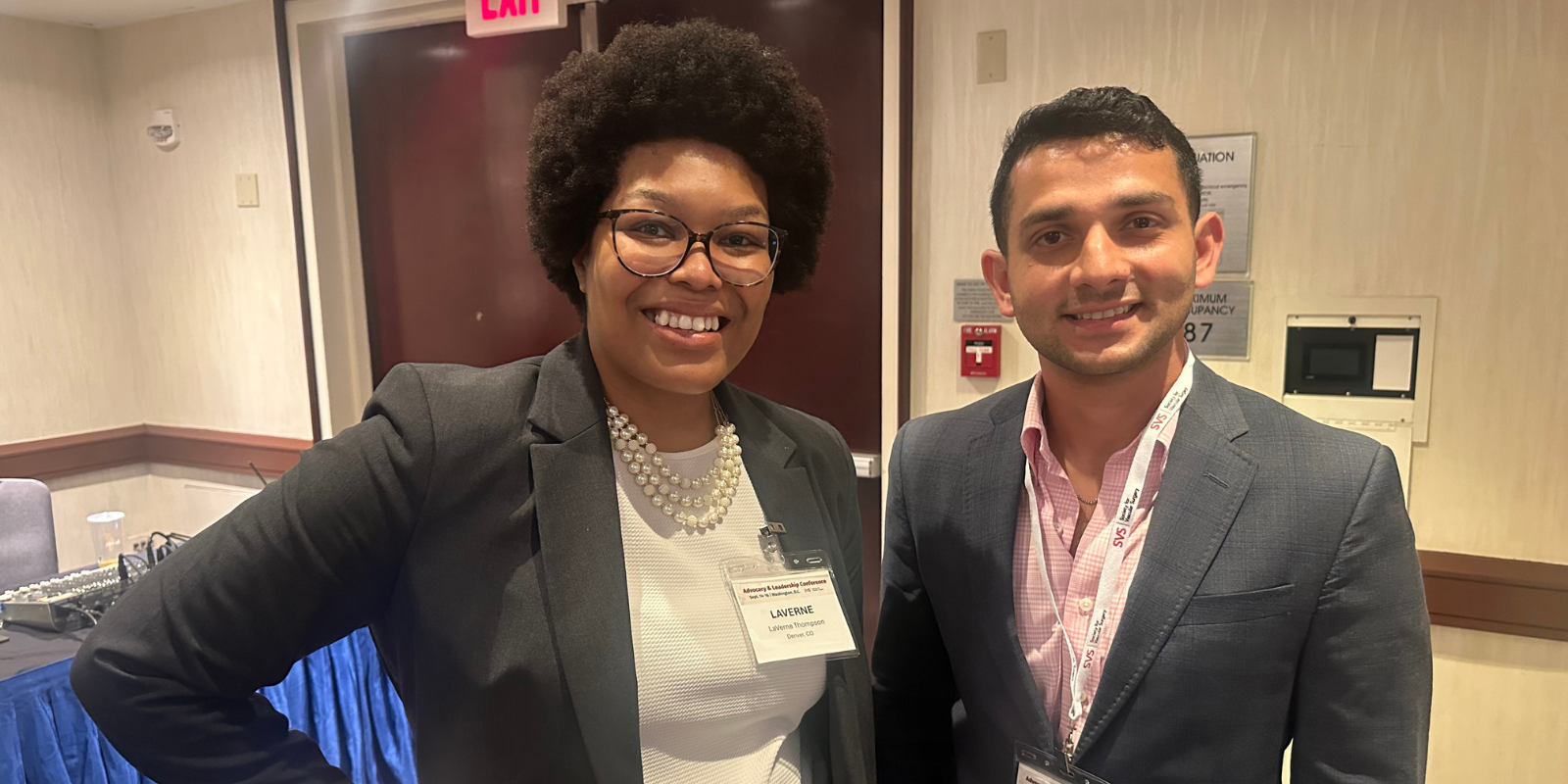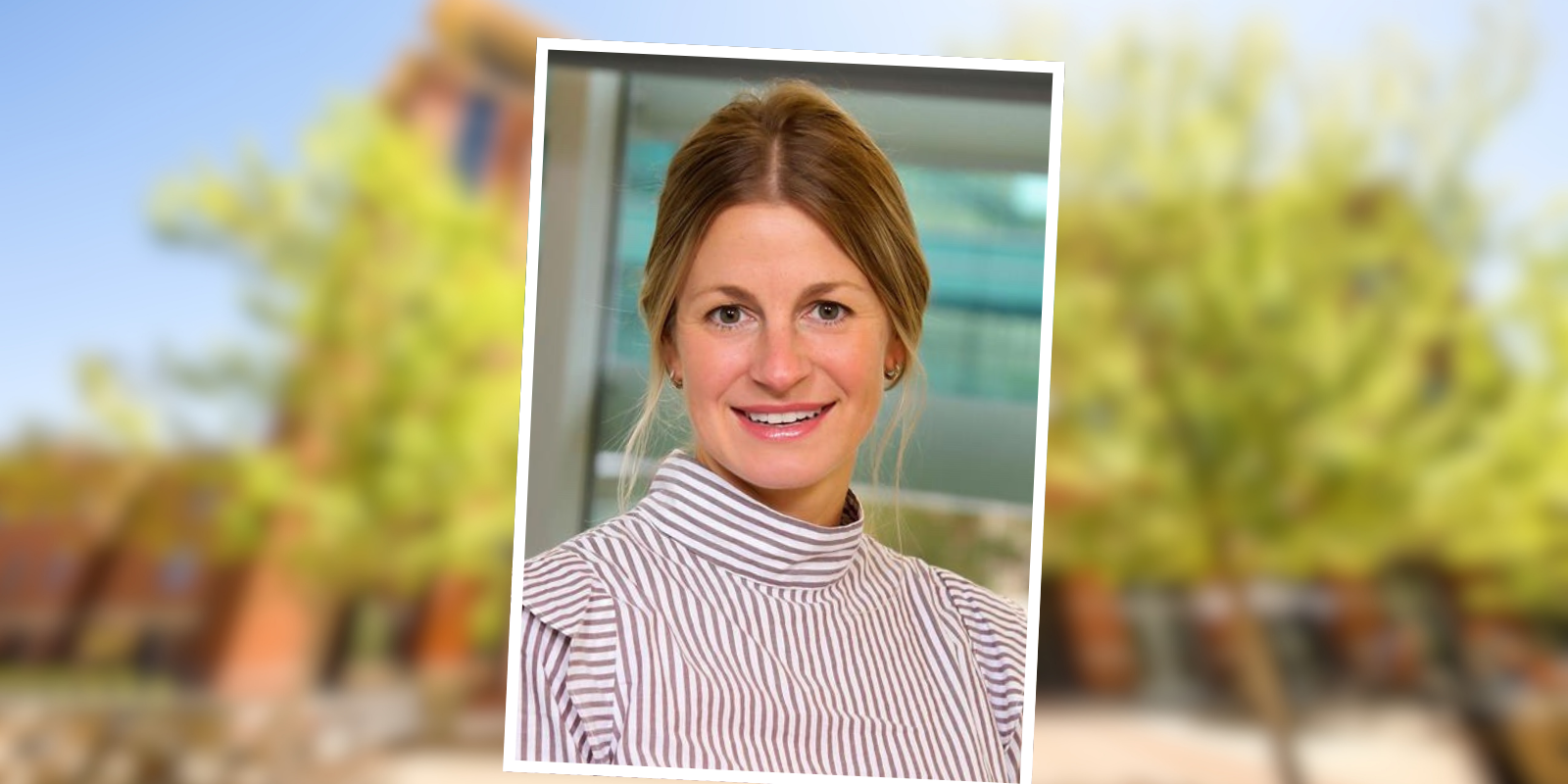Treatment for a cleft lip and palate isn’t just a one-and-done surgery shortly after the child is born, says Phuong Nguyen, professor of plastic and reconstructive surgery in the University of Colorado Department of Surgery — it’s a multi-procedure, multidisciplinary process that follows a patient over the first two decades of their life.
“Cleft lip is the most common congenital facial difference — one in 700 babies are born with it,” Nguyen says. “There's a spectrum of presentation that includes the lip, the palate, and the gum line, and those have implications not just on facial appearance, but on function, feeding, speech, breathing — all sorts of things that are going to affect their lives and livelihood. You have to keep following them, because they will need other surgeries, such as speech surgery, bone graft surgery, and jaw surgery, over the next two decades.”
What is cleft palate?
A cleft palate is an opening in the roof of the mouth that happens when tissue doesn’t fuse together while the baby is developing in the womb. It often involves a split, or cleft, in the upper lip. There are no clear reasons why it occurs, though it has been linked to a mother smoking or drinking alcohol during pregnancy, as well as obesity during pregnancy. The condition is usually detected by ultrasound while the baby is still in the womb.
“When they get a prenatal diagnosis, we often see those parents for prenatal counseling so they know what to expect, and so we can allay their fears and anxiety prior to delivering the baby,” says Brooke French, MD, associate professor of plastic and reconstructive surgery. “We also try to arrange it so they can have the baby at a place that has a neonatal ICU, in case there are feeding or airway issues. If they are diagnosed postnatally, we usually see the patients within the first one to two months of age in our multidisciplinary cleft lip and palate clinic.”
The multidisciplinary team that treats cleft palate includes surgeons, orthodontists, dentists, ear, nose, and throat specialists, speech therapists, pediatricians, audiologists, nurses, social workers, and psychologists.
“At the multidisciplinary clinic, the patients come in for a whole day or half day, and they see each provider in their patient room,” French says. “Then we all get together afterward, and everyone shares their diagnosis and we talk about how we can best support the baby. The families get binders as part of their after-visit summary, and we send it to their pediatricians as well. These patients are brought into a fold, because in the first few years, there often are several surgeries and interventions.”
The cleft treatment trajectory
Babies with a cleft lip usually get a repair surgery at 3 months old, but the palate surgery comes a bit later, Nguyen says — around 10 to 12 months.
“We do that surgery around the age when the child starts to make speech patterns,” he says. “Palate surgery is not just to close a hole in the roof of the mouth; it's to put the muscles in the right place so the child can have normal speech.”
The multidisciplinary team evaluates the patient annually in the years after the palate surgery, in some cases performing a second surgery at age 4 or 5 to aid with speech and another surgery a few years later to ensure normal growth of the adult teeth. A jaw surgery in the mid- to late teens corrects any issues caused by scarring from previous surgery and gives the patient a normal bite.
Finally, when the patient is in their late teens, a rhinoplasty corrects any remaining facial abnormalities.
“We do that after their face is done growing,” Nguyen says. “It's amazing the amount of change that can happen in these kids’ demeanor and approach to the world after that surgery. I've seen firsthand some huge changes in the way they carry themselves and present themselves.”
Innovation and reflection
In addition to the multidisciplinary clinic, cleft specialists in the CU Department of Surgery are involved with other innovations in the field, including a focus on patient-reported outcomes to improve care, efforts to enhance recovery after surgery, and the use of 3-D photography tools to model changes in facial profiles before surgeries take place. Nguyen, who was recently named associate vice chair of global surgery in the CU Department of Surgery, also is involved in efforts to bring advanced, comprehensive cleft surgery techniques to medically underserved countries such as Guatemala and Vietnam.
During National Cleft and Craniofacial Awareness and Prevention Month in July — a time to raise awareness of cleft lip and palate, as well as other craniofacial conditions including craniosynostosis, hemifacial microsomia, vascular malformation, hemangioma, and Treacher Collins syndrome (as depicted in the 2017 movie Wonder), Nguyen makes time to reflect on his young patients and their journeys.
“No one wants to be different, especially in adolescence,” he says. “Cleft is the big one, because it affects so many children, but there's a whole spectrum of other craniofacial diseases that cause facial differences as well. July is a moment to reflect on those patients and their families and what it's like to be born with a condition where you don't look like other people, often in a very unsubtle way. I love that my job is to be a problem solver. It takes a village, and every day is different, and every child’s case is different. But that's why we're here. If it was easy, anybody could do it."




.png)

